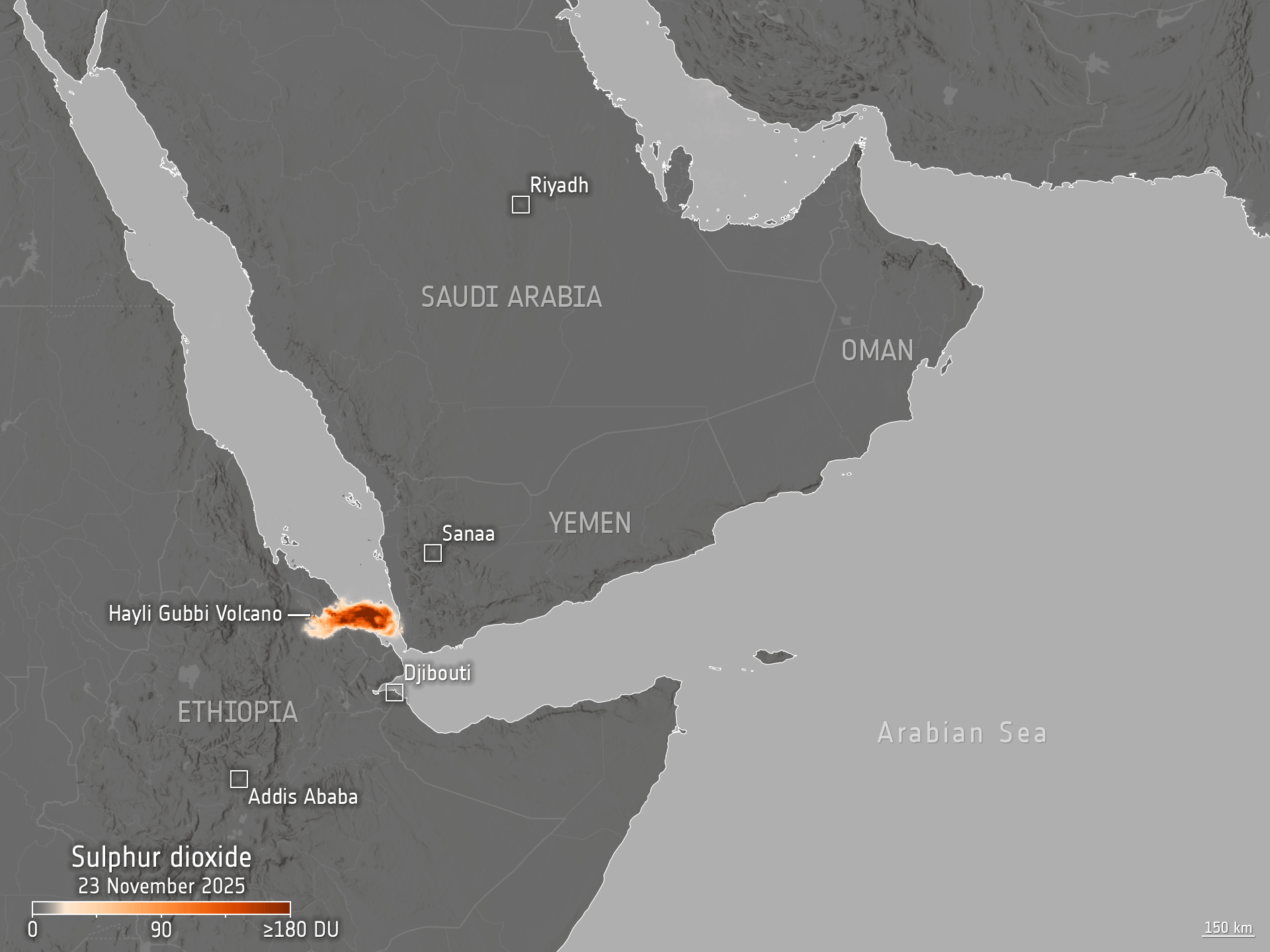Welcome to a new, belated edition of Earth Observation Essentials, the free biweekly newsletter from TerraWatch covering key highlights from the EO market along with insights and analysis.
If you would like a more detailed, comprehensive market briefing with exclusive analysis, delivered every week, become a Pro subscriber, or a Premium subscriber, for more deep dives on EO markets, technologies and applications.
📈 EO Market Highlights
Major developments in EO
🤝 Carbon Direct, a science-driven carbon-management firm acquired Pachama, a EO-enabled forest-carbon monitoring startup, underscoring the growing interest in embedding EO into broader climate-tech stacks.
🧊 AI-based spatial intelligence startup World Labs, founded by renowned AI researcher Fei-Fei Li, launched Marble, a platform that builds downloadable 3D worlds from simple text prompts (Dr. Li's blog is a great read).
1. Maps - What the world looks like
2. Models - How the world works and changes
3. Systems - What to do about it
Spatial intelligence collapses these boundaries.
💰 Just ahead of the ESA Ministerial coming up tomorrow (Nov 26-27), Canada announced that it increase its investment to ESA programs by $528.5M.
💰 Iceye is expanding into offering optical EO and signals intelligence (SIGINT) satellites, in addition to SAR birds, which have now entered the 4th generation and capable of offering 16 cm.
In the Pro newsletter, we covered EO and Spatial Intelligence, The Transporter Effect on the EO Market, AI-Ready EO Data and more.
Upgrade today for more insights!
💡 Insight Bytes
A quick dose of analysis from TerraWatch
ESA Ministerial 2025: A Pivotal Moment for European EO
The ESA ministerial, which starts tomorrow to decide the budget and plans for the next three years, is probably one of the most important events in Earth observation.
Three Simultaneous Pressures
This comes at a time when three things are happening simultaneously:
- The US has proposed cutting Earth science funding by 50%, creating uncertainty that could reshape the global balance of civilian EO leadership.
- European nations (and others globally) are accelerating national EO programmes to secure autonomy, continuity, and industrial competitiveness.
- There is a major push for increased defence spending across both individual member states and at the EU level.
Europe today has the strongest civilian EO programme in the world—built on continuity, collaboration, and missions no single country could fund alone.
The Critical Questions
As ministers sit down to negotiate, two questions matter:
1. Can Europe strengthen its security capabilities without diluting ESA's leadership in scientific and civilian EO?
The risk isn't that defence and civilian EO are inherently incompatible - it is that budget pressure and shifting priorities could push long-term science missions behind short-term security needs. ESA has never formally taken on a defence mandate. How it balances this new responsibility with its scientific legacy will define its identity for the next generation.
2. Will member states recognise that national EO programmes complement—but cannot replace—collective ESA investment?
If countries begin treating their national systems as substitutes rather than additions, Europe risks fragmentation, duplication, and the erosion of the continuity that underpins European leadership. National programmes serve specific needs, but the multi-decade missions that drive scientific breakthroughs and climate monitoring require pooled resources and shared commitment.
This fragmentation also carries commercial consequences. European EO companies already face competition from well-capitalized American and emerging Asian players. Fragmented national programmes create market distortions, duplicate procurement processes, and weaken the industry's ability to build scale and compete globally. A strong collective ESA programme provides the stable demand and standardization that enables commercial competitiveness.
What's at Stake
Tomorrow is not just another budget cycle - it sets the direction for what kind of EO leadership Europe pursues over the next decade. The decisions made will determine whether Europe consolidates its position as the global civilian EO leader, or fragments into competing national interests at precisely the moment collective strength matters most.
'The Business of EO' Course: Register your Interest
We are (finally) launching a course I've wanted to see exist for a while.
"The Business of Earth Observation" is a 4-week live cohort course for anyone who wants to understand how the EO sector actually works: the business models, the market dynamics and the adoption patterns.
Starting February 2026 | €500 | Limited to 30 per cohort
Express your interest here – by Friday, November 30 – for early access to registrations.

🔍 Recommended Reads
Interesting links to check out
- Google's WeatherNext 2 model, that is supposed to generate forecasts 8x faster and with resolution up to 1-hour.
Related: Our State of the Weather Market report including an analysis of AI weather models
- The California Air Resources Board announced that data from Planet's Tanager satellite has helped resolve 10 large methane leaks at oil and gas facilities across California.
- The Global Forest Resources Assessment report which provides, using remote sensing data, among other sources, a comprehensive assessment of the world’s forests and how they are changing.

🛰️ Scene from Space
One visual leveraging EO
Volcanic Plumes from Space
The Hayli Gubbi volcano in northeast Ethiopia, believed to have been dormant for up to 12 000 years, erupted on 23 November 2025, sending a massive plume of ash and sulphur dioxide high into the atmosphere.
The Copernicus Sentinel-5 Precursor satellite captured two images of this surprising eruption, one on 23 November and one the following day.

Until next time,
Aravind.






